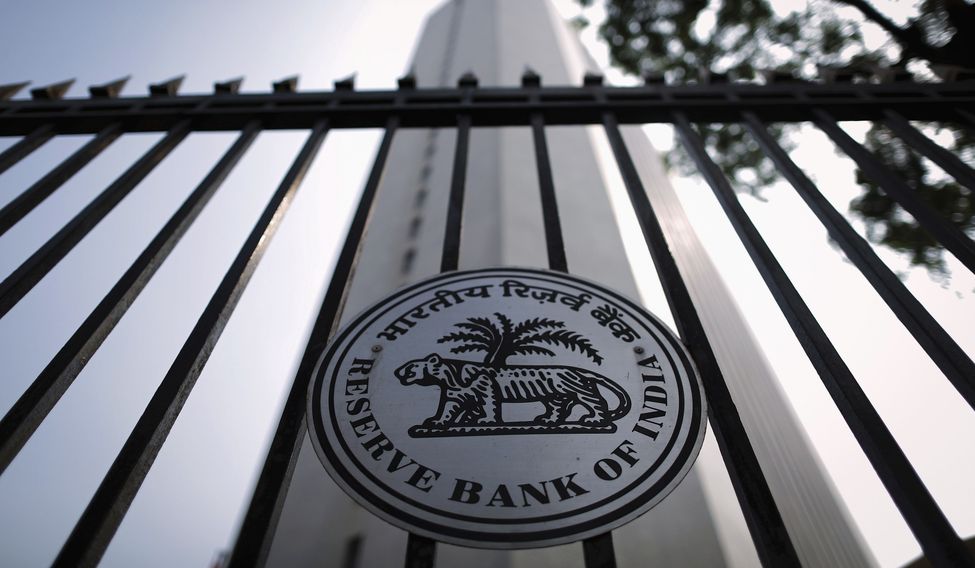In a bid to force banks to swiftly act against bad loans, the Reserve Bank of India has revised its framework for the resolution of stressed assets. As a part of the move, it is withdrawing all the existing frameworks used by lenders to resolve bad loan problem.
RBI has also warned of strict action and penalties against the lenders if the revised norms and timelines are not followed.
"The extant instructions on resolution of stressed assets such as Framework for Revitalising Distressed Assets, Corporate Debt Restructuring Scheme, Flexible Structuring of Existing Long Term Project Loans, Strategic Debt Restructuring Scheme (SDR), Change in Ownership outside SDR and Scheme for Sustainable Structuring of Stressed Assets (S4A) stand withdrawn with immediate effect," the central bank said.
The Joint Lenders Forum (JLF) as an institutional mechanism for resolution of stressed accounts has also been discontinued.
The revised framework from the RBI comes at a time several large NPA cases are ongoing in various benches of the National Company Law Tribunal. However, the challenge of tackling bad loans remains mammoth.
India's lenders are struggling with over Rs 8 lakh crore in non-performing assets, a large part of it in the public sector banks. According to a report released by India Ratings and Research last week, Rs 2 lakh crore in corporate loans may turn bad in the next 12-18 months.
As per the new framework, lenders will need to identify incipient stress in loan accounts immediately on default and classify stressed assets as special mention accounts. This information will then have to be reported by lenders to the Central Repository of Information on Large Credits (CRILC) on all borrower entities having aggregate exposure of Rs 5 crore and above with them. The CRILC main report will have to be submitted on a monthly basis effective April 1, 2018.
Additionally, banks will have to report all borrower entities in default, with aggregate exposure of Rs 5 crore and above, on a weekly basis. The first such weekly report has to be submitted for the week ending February 23.
Earlier, classification of a particular account depended and changed from bank to bank. Even though one bank may have classified an account as stressed, others continued to show them as standard. This will also change under the new norms.
"As soon as there is a default in the borrower entity's account with any lender, all lenders—singly or jointly—shall initiate steps to cure the default," said RBI.
It has also warned of strict action if the timelines are not followed by lenders.
"Any failure on the part of lenders in meeting the prescribed timelines or any actions by lenders with an intent to conceal the actual status of accounts or evergreen the stressed accounts will be subjected to stringent supervisory enforcement actions as deemed appropriate by the Reserve Bank, including, but not limited to, higher provisioning on such accounts and monetary penalties," the central bank said.
In case of accounts where the lenders have aggregate exposure of Rs 2,000 crore or more on after March 1, 2018, which will be the reference date, including accounts where resolution may have been initiated under any of the existing schemes, the resolution plan has to be implemented in 180 days from the reference date. If the default is after March 1, then the resolution plan has to be implemented from the date of first default.
Further, if the resolution plan in such large accounts is not implemented as per timelines, lenders will have to file insolvency application, either singly or jointly, under the Insolvency and Bankruptcy Code, within 15 days of the said timeline.
For those accounts where the lenders' aggregate exposure is at Rs 100 crore or more, but less than Rs 2,000 crore, RBI plans to announce over a two-year period, reference dates for implementing resolution plan to ensure time-bound resolution of such accounts in default.






